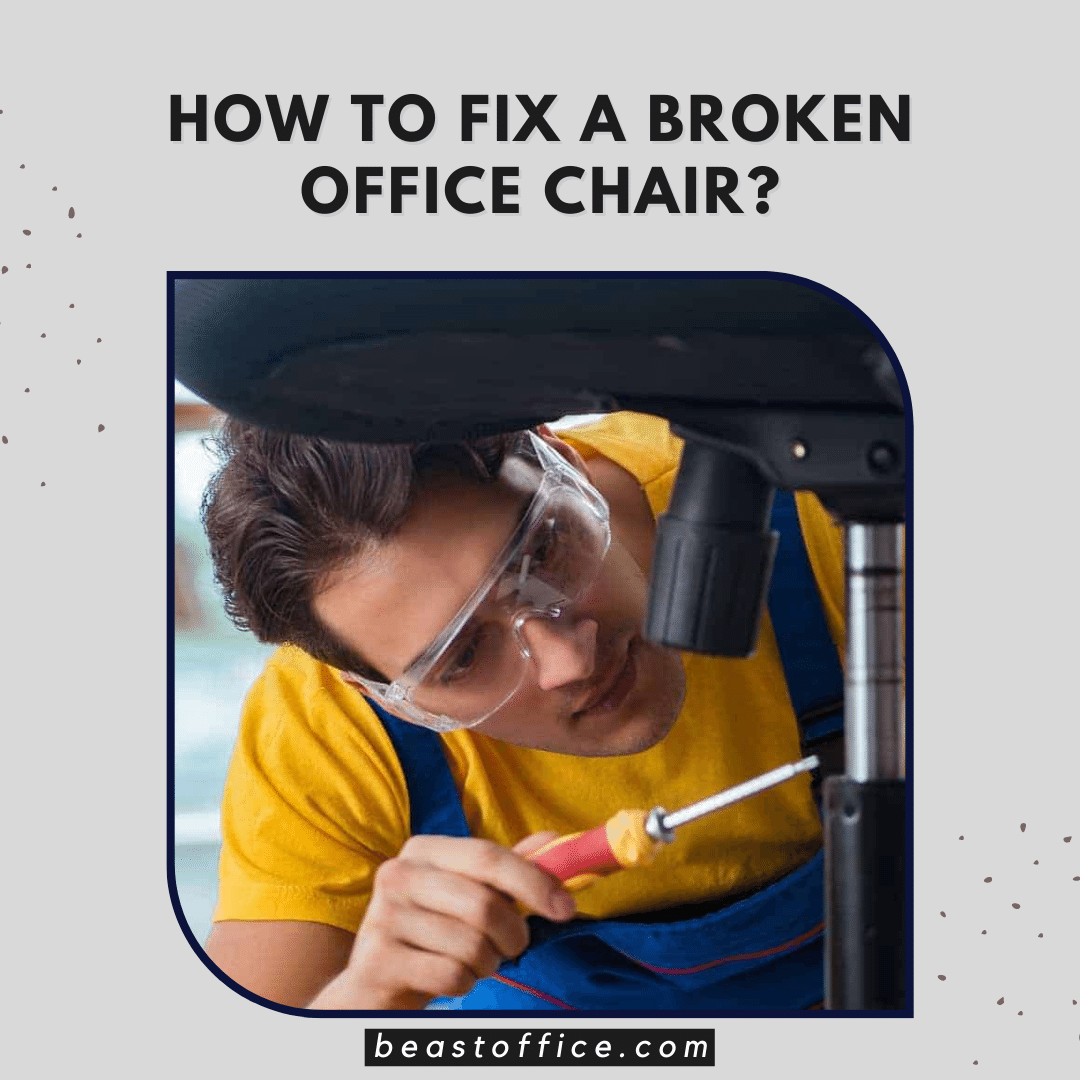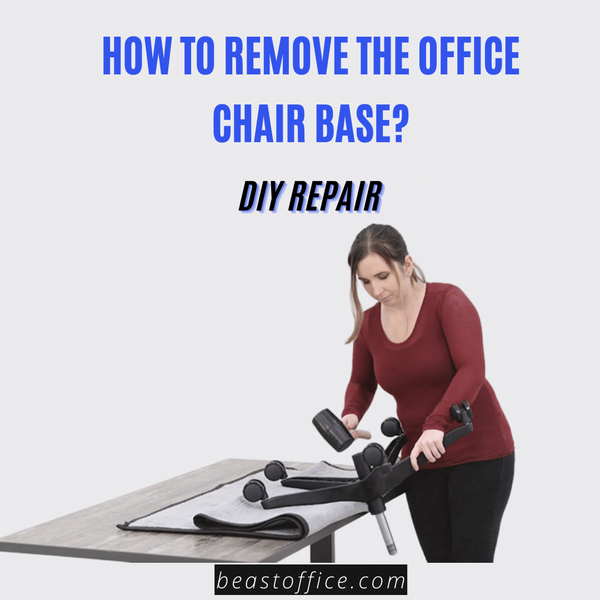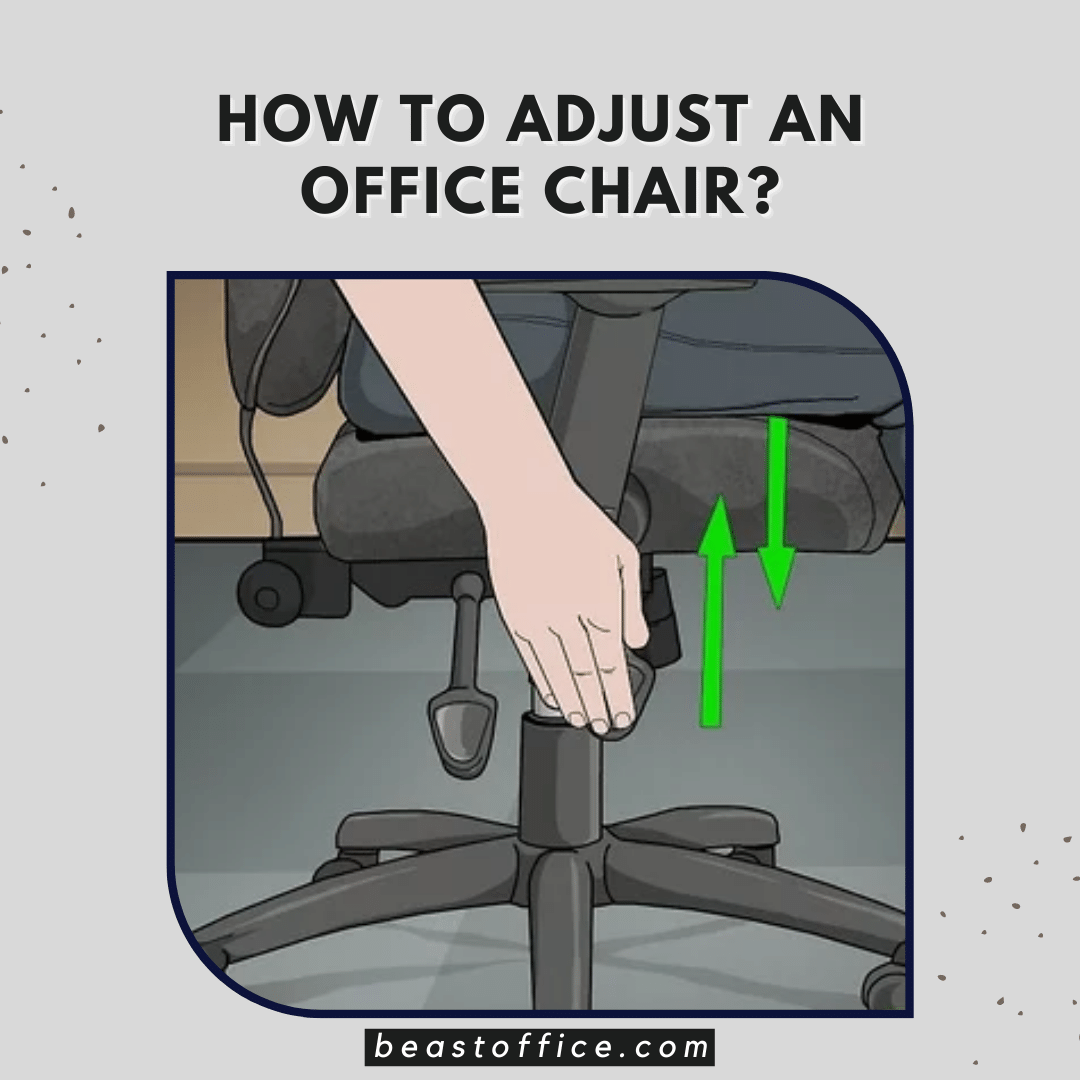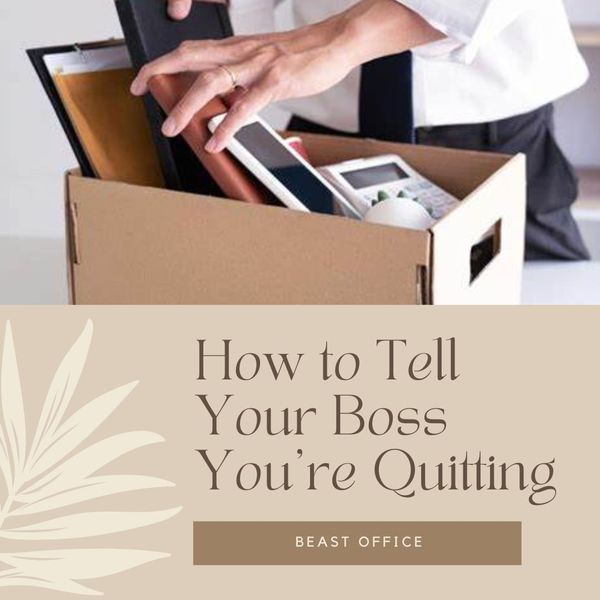If you don't have the part that needs fixing — or if you don't want to spend money on something that is broken — there are still several things that you can do at home to make your chair work again:
- Repairing tears in fabric
- Fixing damaged wheels
- Replacing worn-out padding
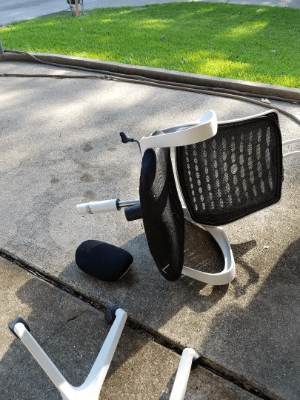
How To Fix Broken Chair? - Fixtures
Here are some tips on how to fix a broken office chair:
If Your Chair Is Wobbling Chair
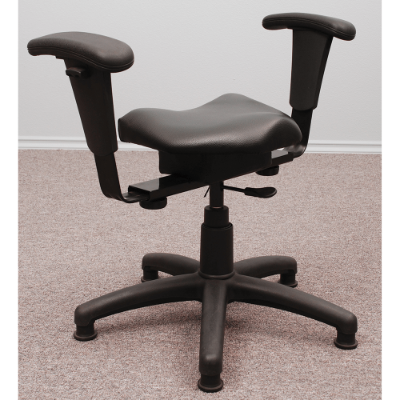
The most common reason for wobbling is loose screws. At least four screws on each leg of the chair hold it in place. If any of these screws become loose, the chair will wobble. Tighten them with a screwdriver to fix this problem.
If you have a swivel chair, ensure the wheel bearings are not worn out or damaged. This can cause your wheels to wobble and even lock up completely. You can replace the wheel bearings yourself or take your chair to an office supply store that offers repair services.
If you have a rolling office chair, replace the casters as soon as possible if they become damaged or start squeaking excessively while rolling across a hard surface such as tile or concrete.
If Your Chair Wheels Are Broken
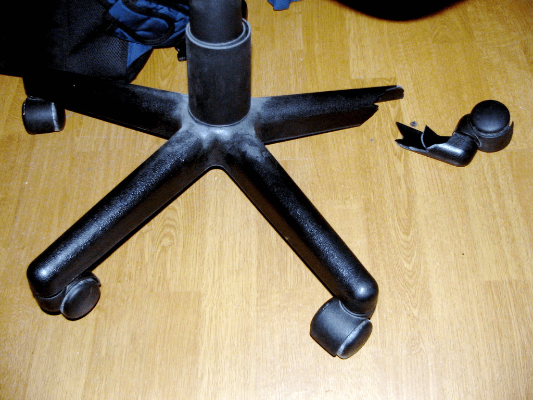
Don't ignore the wheels on your office chair. The wheels support most of the weight of your body and can become worn down over time if you don't take care of them. If there is an issue with one of the wheels on your chair, it will be difficult for you to move around in it comfortably. This can cause issues with balance, circulation, and blood flow problems.
How To Check?
The best way to check the wheels on your chair is by putting them under pressure and rolling them around until they start squeaking or making other noises that indicate that they need lubrication or replacement altogether. If you notice this problem immediately, it may be possible to take care of it yourself without having to bring in a professional technician who will charge you for their time and labor costs.
If the base is loose or damaged
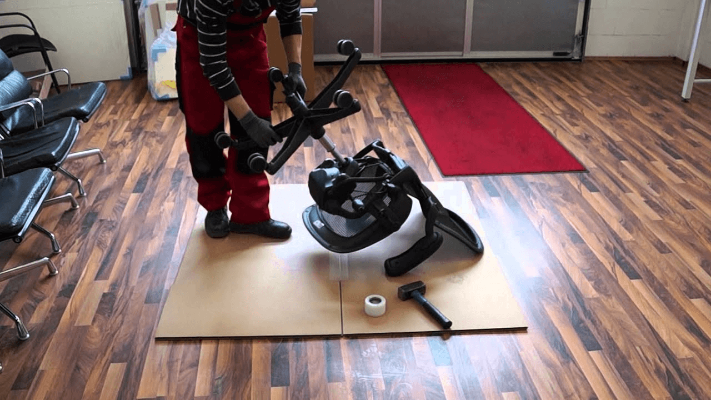
If your office chair is rocking or tipping, it's an easy fix. First, ensure the chair is level, and the wheels are tightened correctly. If that doesn't work, check the screws on the chair's base to ensure they aren't loose. If they are, clean off any dirt or debris using a damp cloth and tighten them again with a screwdriver.
If the seat is loose or damaged
If your seat slides around or you can feel a gap between it and the frame of your chair, you may need to replace it. If your seat has become worn or torn in places (or if you've spilled something on it), try washing it with warm water and soap and allow it to dry completely before replacing it. If this doesn't work, contact your local furniture store for advice on where to buy replacement parts for your model of the office chair.
If the caster caps have come loose
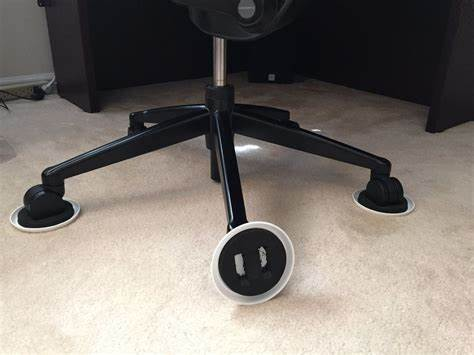
The caster caps are the plastic casters on the bottom of your chair. They keep your chair from moving around and provide a smooth ride. If one of these has become loose, you can easily fix it with a hammer and a screwdriver.
If all four caster caps are loose, use a pry bar to remove each one. Then flip over your chair and replace them with new ones. If just one cap is loose, tighten it with a socket wrench or a wrench set.
If You Have a Squeaking Chair
You can do a few things if your chair is squeaking, ranging from simple fixes that only take a few seconds to more complicated repairs that can take hours. If you feel comfortable taking apart your chair and making repairs, it's best to do this yourself — but if not, there are plenty of other options.
Here's what you need to know about stopping squeaking chairs:
If your chair is squeaking but doesn't need serious repair work, there are several things you can try before calling up an expert or taking apart the wheelbase yourself:
- Try lubricating the wheels and bearings with WD-40 or 3-in-1 Oil. This may solve the problem immediately. If it doesn't work for you, though, don't worry — there are still more steps below!
- Move your chair around, so the wheels aren't touching each other or anything else like a desk leg or wall corner; this will reduce friction between them and improve their performance.
- If your office chair still isn't rolling properly after lubricating, try oiling all the wheels individually with a light machine oil like sewing machine oil.
- Put a few drops on each wheel.
- then turn it by hand to distribute the Oil evenly over its surface (don't let go yet).
- Once all the wheels are covered in Oil, turn them back and forth a few times until they start moving freely (they should only take about ten seconds).
- Finally, wipe off any excess oil with a rag or paper towel before putting it back into use.
Check the Hydraulic Fluid Level
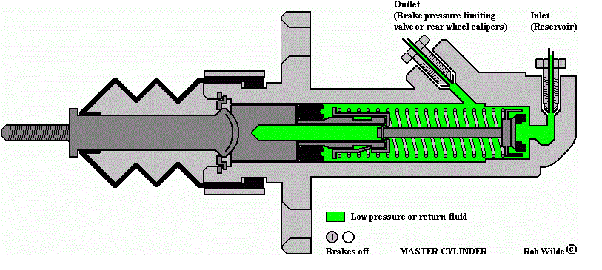
The hydraulic fluid level should be between the minimum and maximum lines on the reservoir. If you don't know how to do this, consult your owner's manual or call the manufacturer for help. If the fluid level is high or too low, it could cause problems with the operation of your chair.
Check for Leaks and Replace O-Rings
Hydraulic lift chairs have two types of leaks that can occur:
External leaks are caused by loose fittings or worn O-rings which can be easily replaced by removing the seat cover and replacing them with new ones.
Internal leaks usually require disassembling parts of the chair and replacing them with new ones. The best way to repair an internal leak is to call up an expert who can diagnose exactly where it's coming from and repair it accordingly.
If Your Office Have Broken Armrest
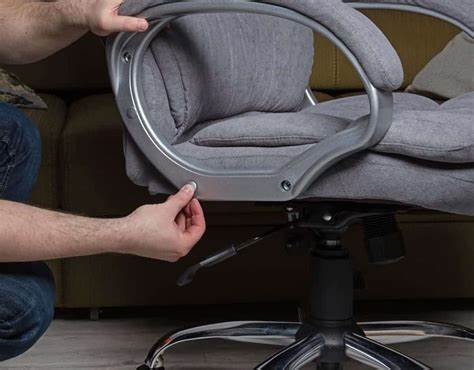
Broken armrests are a common problem with office chairs. The armrests are made of plastic, making them susceptible to cracking or breaking when used too much.
Fortunately, you can fix your broken office chair armrest with some know-how and elbow grease. Here is how:
- To do this, you will need to loosen the screws that hold it in place on either side of the chair.
NOTE: This is usually done with a Phillips screwdriver, but some models may require a hex key or Allen wrench. Once these screws are loose enough to move them out of place with your fingers, remove them and set them aside for later use.
- Once all screws have been removed, remove any padding attached directly under them with a screwdriver as well until there is nothing left but metal underneath them.
- Next, ensure that both sides of each of these holes have been cleaned out with a toothpick or something similar so they are free from any debris that would cause the screw not to go in smoothly.
- Once all four screws are in and tightened, you should be able to put your chair back together and test it out!
If Your Office Chair Have Tilt Lever
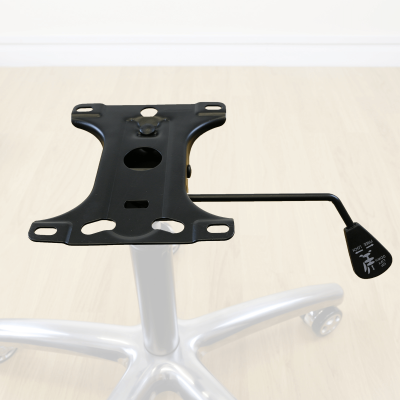
A broken office chair tilt lever is one of the most common problems in the office. It is one of the easiest to fix. You need a new tilt lever if your seat moves up or down.
If you've got an office chair with a tilt function, here's how to fix it:
Remove the seat from the base. You should be able to do this by unscrewing the bolts at the back of the seat and lifting the whole thing off.
Unscrew the arms from the base. This will allow you to separate them easily.
Loosen all the nuts on each part of your chair (the back and armrests) by turning them counterclockwise with an adjustable wrench or pliers. You'll probably find that they come loose fairly easily if they have been sitting in one position for a while -- make sure that they don't fall off completely! You may also want to take this opportunity to clean any dirt or dust off these parts using warm water, soap, or even WD-40 if necessary.
If Your Back Support Damaged
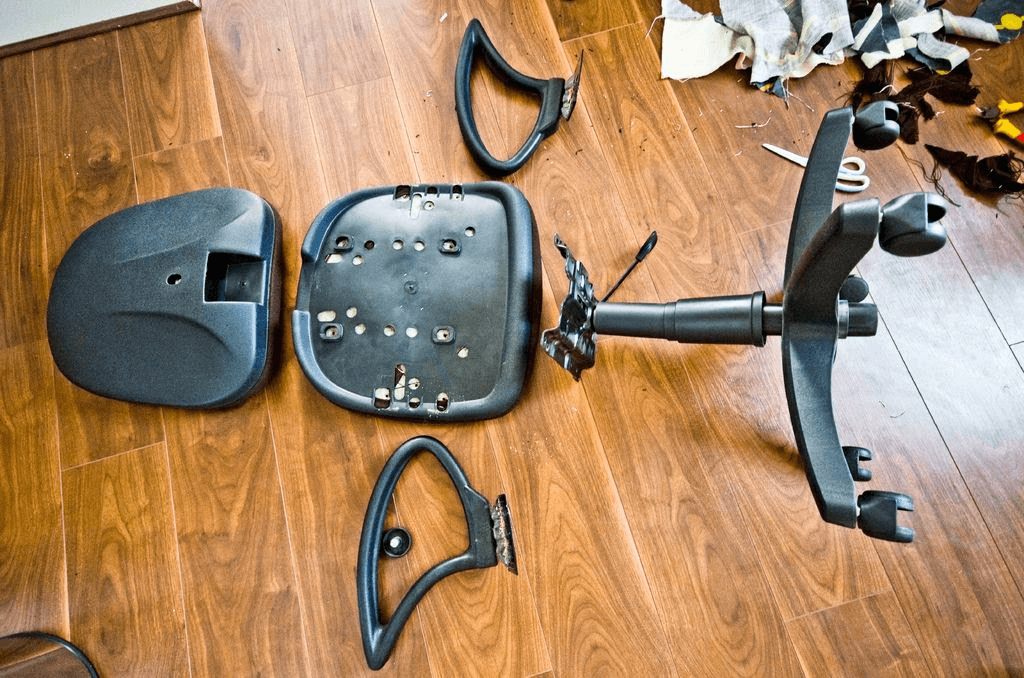
The back support on your office chair should be adjustable so that you can customize it to fit your body type and height. If you have broken back support, it can easily be fixed with a screwdriver and some basic tools.
First, take off all of the removable parts. This includes arms and any fabric covering on the backrest (if there are any).
Remove any screws holding these parts in place and store them safely, so they don't get lost later on.
Next, remove any remaining screws from inside the frame of your chair where they're hidden by wood panels or other parts attached to them. Some screws on top of these panels (near where they meet the frame) may hold them in place — remove those if possible (or pry off whatever is holding them).
Final Words
In our article, we have assisted you with some amazing tips for fixing a broken office chair. Instead of waiting for days hoping the problem goes away on its own, take our advice and start repairing your chair now.
Trust us; this won’t be a useless endeavor at all.
Related Posts
How To Fix A Wobbly Office Chair?
How To Fix Squeaky Office Chair?


